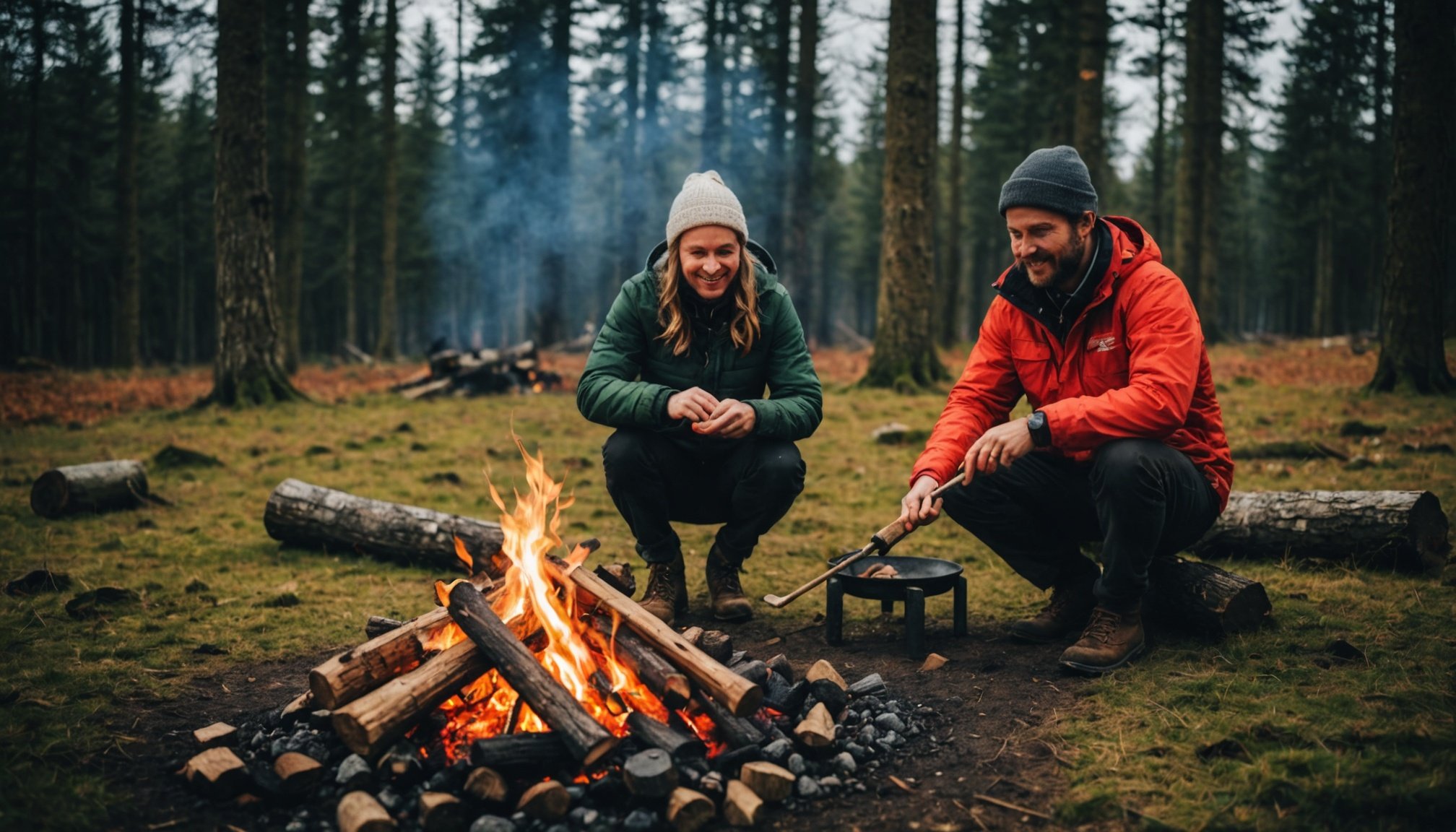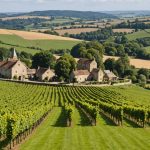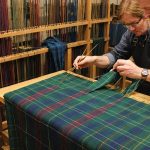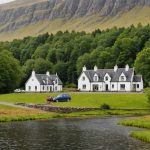Ultimate Guide to Crafting a Safe and Sustainable Campfire Experience in the UK
Preparing for Your Camping Trip
Before you embark on your camping adventure in the UK, it’s crucial to be well-prepared. Here are some key steps to ensure your campfire experience is both safe and sustainable.
Choosing the Right Camping Gear
When it comes to camping, having the right gear is essential. Here are some must-haves for a safe and enjoyable campfire experience:
In parallel : Ultimate Guide to Crafting the Perfect Week-Long Camping Meal Plan for Your UK Adventure
- Camping Stove or Fire Pit: If you’re planning to cook or have a campfire, a sturdy camping stove or fire pit is a must. Make sure it is designed for outdoor use and follows local regulations.
- Fire Starters: Investing in a good fire starter can make a significant difference. Options like ferrocerium rods, flint and steel, or even modern fire starters like the UCO Stormproof Sweetfire Fire Starter are highly effective.
- Logs and Kindling: Ensure you have a sufficient supply of dry, seasoned wood. This will help your fire burn efficiently and reduce smoke.
- Cooking Gear: If you plan on cooking over your campfire, bring a cooking grate, pots, and utensils that are heat-resistant.
- Safety Equipment: A first aid kit, fire extinguisher, and a bucket of water or sand should always be nearby.
Understanding Local Regulations
In the UK, there are specific regulations and guidelines you need to follow when setting up a campfire, especially in protected areas or during wild camping.
- Wild Camping: While wild camping is not strictly legal everywhere in the UK, there are areas where it is tolerated. Always check local rules and respect the environment.
- National Parks and Protected Areas: In places like the Lake District or the Peak District, there may be restrictions on campfires. Always check with local authorities before setting up a fire.
- Private Land: If you are camping on private land, ensure you have the landowner’s permission and follow any specific rules they may have.
Setting Up a Safe Campfire
Setting up a campfire safely is crucial to avoid accidents and protect the environment.
This might interest you : Discover the Best UK Campsites for Thrilling Scuba Diving Adventures!
Choosing the Right Location
- Clear the Area: Make sure the area around your campfire is clear of leaves, twigs, and other combustible materials.
- Use a Fire Ring or Pit: If available, use a fire ring or pit to contain the fire. If not, create a fire ring using rocks.
- Distance from Combustible Materials: Keep your campfire at least 3 meters away from tents, trees, and other combustible materials.
Building Your Campfire
Here’s a step-by-step guide to building a safe and efficient campfire:
- Prepare Your Tinder: Use dry, highly flammable materials like cotton balls coated with wax, Vaseline, or dryer lint. Natural resources such as birch bark, cattails, or dry fluff from plants also work well.
- Add Kindling: Place small twigs and sticks in a teepee shape over your tinder.
- Light the Fire: Use your fire starter to ignite the tinder. Once the kindling starts to burn, add larger logs to the fire.
- Maintain the Fire: Keep the fire contained and ensure it is fully extinguished before leaving it unattended.
Ensuring Sustainability
Sustainability is a key aspect of any outdoor activity, especially when it comes to campfires.
Eco-Friendly Practices
- Use Dry, Seasoned Wood: This reduces smoke and ensures the fire burns efficiently.
- Minimize Waste: Bring all waste back with you, including food packaging and any other non-biodegradable items.
- Respect the Environment: Avoid damaging the surrounding environment by keeping the campfire area clean and not disturbing local wildlife.
Eco-Friendly Fire Starters
Opting for eco-friendly fire starters can make a significant difference:
- UCO Stormproof Sweetfire Fire Starter: Made from bagasse (sugarcane waste) and infused with vegetable wax, this fire starter is renewable and burns through wet materials with ease.
- Ferrocerium Rods: These rods produce extremely hot sparks and are a great option for those who prefer a more traditional method of starting fires.
Outdoor Cooking and Campfire Safety
Cooking over a campfire can be a great experience, but it requires some safety precautions.
Safe Cooking Practices
- Use Cooking Grates: Elevate your cooking pot or pan to avoid direct contact with the flames.
- Keep a Safe Distance: Ensure children and pets are kept at a safe distance from the campfire.
- Monitor Heat Output: Be aware of the heat output of your campfire and adjust your cooking time accordingly.
Campfire Cooking Gear
Here are some essential items for outdoor cooking:
| Gear | Description |
|---|---|
| Cooking Grate | Elevates pots and pans above the flames |
| Heat-Resistant Pots | Durable pots and pans designed for campfire cooking |
| Utensils | Heat-resistant utensils like tongs, spatulas, and spoons |
| Plates and Cutlery | Reusable plates and cutlery to minimize waste |
| Water Containers | For storing and boiling water |
Festival Camping and Campfires
For those attending festivals in the UK, campfires can be a great way to enhance the experience, but there are specific guidelines to follow.
Festival Rules
- Check Festival Regulations: Many festivals have specific rules about campfires. Always check the festival website or consult with festival staff before setting up a fire.
- Designated Fire Areas: Use designated fire areas if provided by the festival organizers.
- Respect Other Campers: Keep noise levels down and ensure your campfire does not disturb other campers.
Camping Gear for Festivals
Here are some additional items to consider for festival camping:
- Portable Phone Charger: To keep your devices charged throughout the festival.
- Waterproof Jacket: The UK weather can be unpredictable, so it’s always good to have a waterproof jacket.
- Comfortable Shoes: Festivals often involve a lot of walking, so comfortable shoes are a must.
- Biodegradable Soap and Shampoo: To minimize environmental impact.
Survival Guide: What to Do in Emergency Situations
While campfires are generally safe when set up correctly, it’s always good to be prepared for emergency situations.
Basic Survival Skills
- Reading the Weather: Understanding weather signs can help you prepare for potential dangers. For example, knowing how to read cloud formations can help you predict rain or storms.
- Building Shelter: If you find yourself in a situation where you need to stay overnight, knowing how to build a shelter is crucial. The SAS Survival Handbook provides detailed instructions on building shelters in various climates.
Fire Safety in Emergency Situations
- Ventilation: Ensure proper ventilation when using a campfire in enclosed spaces to avoid carbon monoxide buildup.
- Fire Extinguishers: Always have a fire extinguisher or a bucket of sand nearby in case the fire gets out of control.
Crafting a safe and sustainable campfire experience in the UK involves careful planning, the right gear, and a deep respect for the environment. By following local regulations, using eco-friendly practices, and being prepared for any situation, you can ensure a memorable and safe camping trip.
As John “Lofty” Wiseman from the SAS Survival Handbook advises, “Being prepared is the key to survival.” Whether you’re camping in the great outdoors, attending a festival, or just enjoying a quiet evening by the campfire, making sure your setup is safe and sustainable is paramount.
So, the next time you’re out in the woods, remember to respect the environment, use the best gear available, and always be prepared. Happy camping











